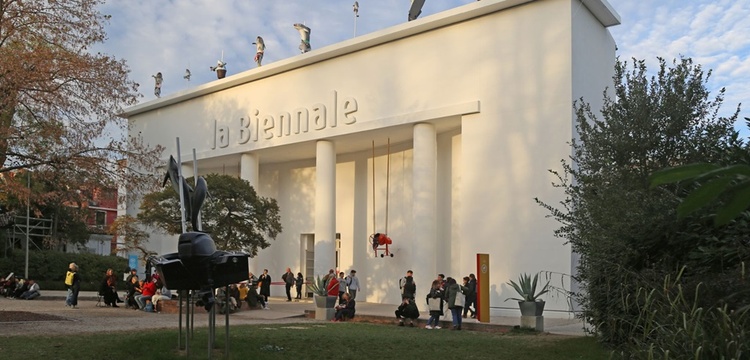
The Venice Art Biennale, among the pro-Palestinian protests
The Venice Art Biennale, ready to open to the public amid pro-Palestinian protests
Carmen Naranjo Venice (Italy), Apr 19 (EFE).- The 60th Venice Art Biennale is now prepared to open its doors to the public this Saturday in an edition in which, together with the absence of Israel and some protests in favor of Palestine, the artists located on the margins of tradition and with their gaze focused on the south stand out. Since last Tuesday, more than 4,200 journalists have participated in the three days of preview presentations of the different pavilions and spaces of this international showcase, according to sources from the organization of the Biennial, which they hope to surpass in this edition, which extends until November 24, the 800,000 visitors who came in 2022. With the inauguration of several pavilions, among them that of Spain, this Friday this period of presentation to the media of the Biennial which, under the title of 'Stranieri Ovunque' (Foreigners Everywhere) has the participation of 330 artists and 88 national pavilion spaces. All divided into two sections: the 'Historical Core' - focused on Latin America, Africa, the Middle East and Asia -, and the 'Contemporary Core', which is the largest part of the exhibition and shows the work of four types of artists: the foreigners, the queer, the outsider and the indigenous. An artistic panorama tinged, as usual, with politics. In this edition it has been the war in Gaza that has caused several acts of protest at the entrances of the two main venues of the exhibition: Arsenale and Giardini. Thus, this Friday a group called 'Healthcare for Gaza' called for a ceasefire with banners in Arsenale while in the other headquarters banners were placed that read 'It is not a war, it is a genocide' and 'All peoples from the south we are Palestinians'. In the Israel pavilion, which remains closed by decision of its artist and curators and guarded by Italian guards, there is a notice: “The artist and the curators of the pavilion will inaugurate the exhibition when an agreement is reached for the ceasefire and the release of hostages.” The situation in Palestine was also present at the inauguration of the Spanish pavilion, an event in which the curator, Agustín Pérez Rubio, assured that the Biennial demands a free Palestine. Also the artist who represents Spain, the Peruvian Sandra Gamarra, highlighted the importance of understanding at this moment and in the face of the onslaught of the crises "that we are not only responsible for what we do, but for what we stop doing." Another war is also present in the Biennale, that of Ukraine, with a project that shows a circular space built with linen fabrics from the 50s from flea markets, inside which you can see a film, a video and an installation that serve to tell stories from the last two years. The movie, 'Civilian. Invasion' focuses on the early days of the Russian invasion, with testimonies from survivors and the video, 'Comfort Work', on how host countries view Ukrainian refugees. While the installation explains the development of online art classes in kyiv. They are just part of the artistic projects that can be seen in some of the pavilions inaugurated these three days at the two main venues. While on the island of Giudecca, one of the spaces that has aroused the most expectation in this edition was inaugurated this Friday, that of the Vatican, installed in the women's prison, where the inmates transform into artists and guides. ‘With my Eyes’, curated by Chiara Parisi and Bruno Racine, is dedicated to human rights and its title comes from a verse that refers to a Bible verse: “My eyes have seen you.” EFE cn/agf/jam
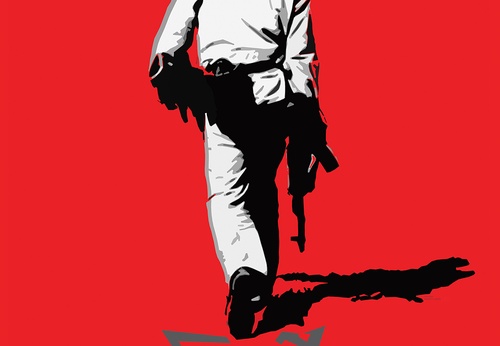
- July 02, 2025
Israel Will Surely Be Destroyed

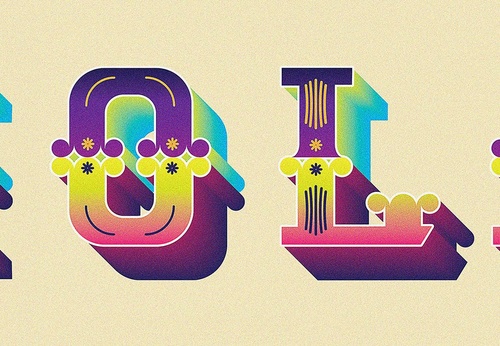
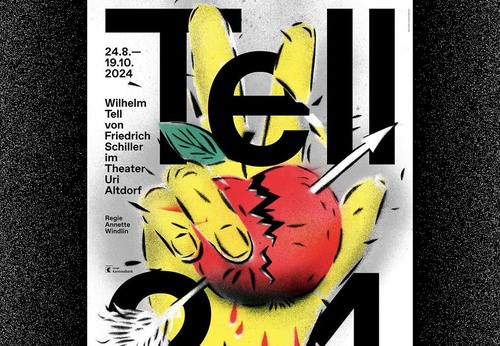
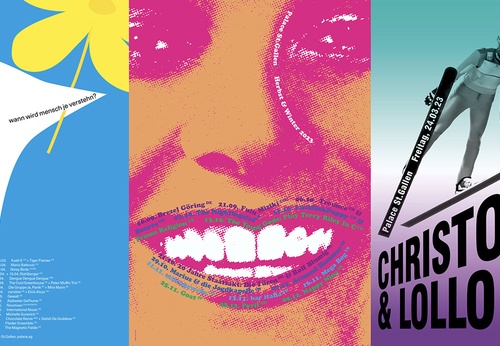
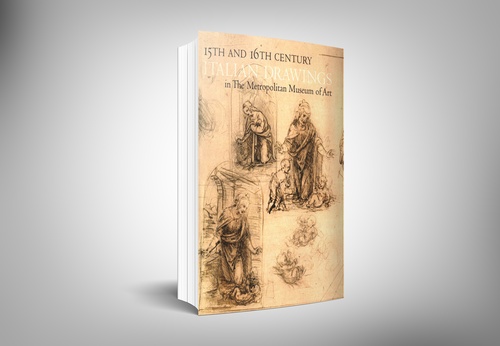
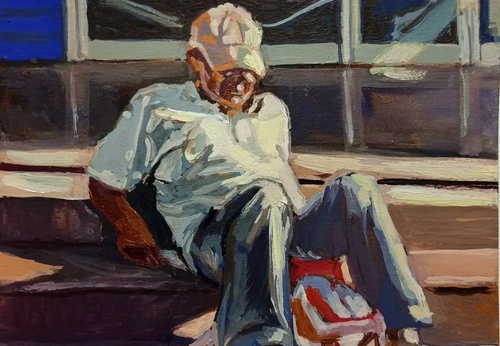
- July 01, 2025
Gallery Of Sculpture By Leandro Mompié - Cuba

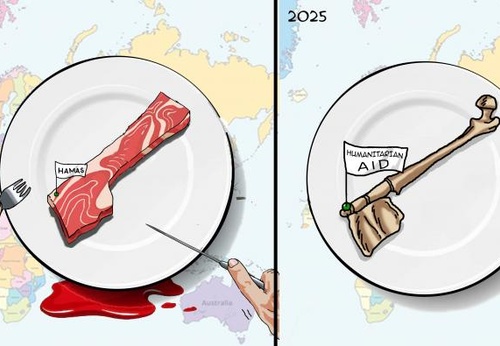
- July 01, 2025
The ruins of Gaza

- June 29, 2025
Peruvian painter Gerardo Chávez dies at…

- June 29, 2025
ARCOmadrid 2026 Opens Call for Entries …

- June 29, 2025
José María Velasco: The Landscape Artis…

- June 26, 2025
It houses 40 legacies of Latin American…

- June 18, 2025
Winners of the “Holosaide” event announ…

- June 18, 2025
The Major Exhibition of the Malba Colle…

- June 16, 2025
Pedro Roth Exhibition at the National A…

- June 15, 2025
Malba Pays Tribute to Luis Felipe Noé w…

- June 15, 2025
Contemporary Italian Painting on Displa…

- June 13, 2025
Impacto da Arte Digital na Sociedade

- June 13, 2025
The Geometric Essence of Fanny Sanín on…

- June 12, 2025
Guillermo García-Cruz's 'Divergent Stru…

- June 12, 2025
Book Brasília, the art of democracy wil…

- June 11, 2025
In 2025, SP-Arte Rotas will include nar…

- June 11, 2025
The Barranquilla Museum of Modern Art

- June 10, 2025
Discovery of William Turner's Work

- June 10, 2025
One of the largest art events in Latin …

- June 10, 2025
Centre Pompidou debuts in South America…

- June 09, 2025
MON opens its doors to a sensory worksh…

- June 09, 2025
Regional talent conquers spaces with co…

- October 08, 2023
Illustrations reflect the brutal Israel…

- December 25, 2023
The jury statement of the Iran-Brazil F…

- July 29, 2023
History of Caricature in Brazil

- September 01, 2023
Neural Filters in new photoshop 2023

- April 20, 2024
Poignant Image of Grief Wins Mohammed S…

- May 22, 2025
Brady Izquierdo’s Personal Exhibition O…

- March 21, 2024
The history of art in Palestine

- October 21, 2023
Erick Meyenberg and Tania Ragasol at th…

- March 14, 2024
museum of statue of van gogh

- August 09, 2023
Venezuela mural expresses solidarity wi…

- March 15, 2024
museum of sculpture of Salvador Dali

- March 30, 2024
illustration websites in Latin America

- May 20, 2024
Latin American Festival of Performing A…

- May 25, 2025
Bordalo II to hold exhibition in Paris …

- July 30, 2024
The artist from San Luis Mirta Celi rep…

- March 18, 2025
Works by Cuban Artist Eduardo Abela in …

- July 03, 2024
Newly discovered rock art in Venezuela

- April 18, 2024
Israel Pavilion at Venice Biennale clos…

- January 04, 2025
Material Art Fair 2025

- January 12, 2025
The Ralli Museum in Punta del Este

- February 18, 2024
7 Ways to Understand What Visual Arts A…

- May 15, 2024
Eleven murals for Gaza painted across t…

- October 08, 2023
Illustrations reflect the brutal Israel…

- January 02, 2025
13 commemorations that will mark the cu…

- October 17, 2023
The influence of Latin American artists…

- December 25, 2023
The jury statement of the Iran-Brazil F…

- November 17, 2023
Fernando Botero's work is booming after…

- July 29, 2023
Piracicaba International Humor Exhibiti…

- February 03, 2024
THE HISTORY OF NAIF ART

- November 06, 2023
Heba Zagout: Palestinian artist murdere…

- February 01, 2025
A maior exposição de Botero em Barcelona

- July 02, 2024
One of the largest urban art galleries …

- December 10, 2023
Sliman Mansour and Palestinian art on t…

- July 20, 2024
First International Mail Art Biennial 2…

- September 01, 2023
Neural Filters in new photoshop 2023

- October 30, 2023
Palestinian turns images of the Gaza co…

- October 23, 2023
Controversy over the project that will …

- March 14, 2024
museum of statue of van gogh

- February 06, 2024
Bolivian artists will be at the 2024 Ve…

- February 08, 2024


